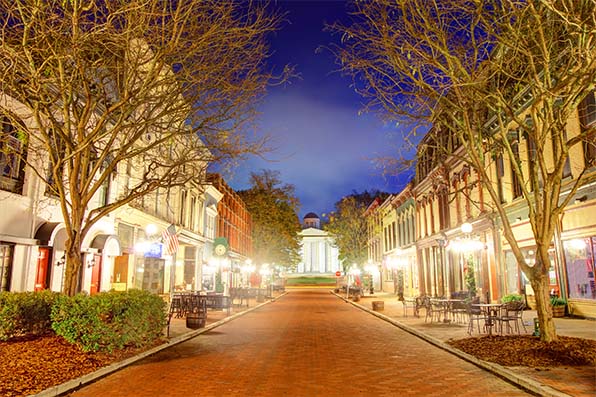First, thank everyone who shared positive feedback on my budget article last week. That message is the launch of a regular series of updates where I can communicate directly with you about important city matters and share my perspective.
The idea came from a noticeable lack of meaningful information from other local sources, especially on something as important as the annual budget. While I acknowledge having a natural bias toward the decisions I help make, I will strive to maintain an objective view of the situation and be honest about areas where we can improve.
With that in mind, I would like to share my thoughts on the most recent City Commission meeting and explain why it was so significant.
Last week’s meeting was one of the most productive since the new Commission took office, addressing several of our city’s core priorities: growing our tax base, improving quality of life, enhancing public services, and preparing Frankfort for the future. It was a fitting way to close out our fiscal year, which ended on June 30.
We formally adopted the Fiscal Year 2026 (FY26) city budget, which I highlighted in last week’s newsletter. It is a disciplined and forward-thinking financial plan, with a projected general fund surplus for the first time in five years. That is the direct result of smart budgeting, modernized systems, and a strong focus on growing revenue responsibly without raising taxes.
But the good news didn’t stop there.
Housing
We also approved a mediation agreement that clears the way for long-awaited road expansion on the old Noel Farm property (on the East-West connector behind Franklin Square shopping center). This is a crucial step toward unlocking new housing opportunities in one of our fastest-growing areas.
That same evening, we passed a resolution to move forward with the Banyan Foundation on a project that will bring much-needed affordable housing to the city-owned property on Schenkel Lane. Their proposal stood out for its strong development concept, offering a detailed, multi-phase vision for a mixed-income neighborhood.
The plan includes an initial phase of $16 million for 60 affordable rental units, future workforce housing, and commercial space, all supported by high-quality architectural renderings and site layouts prepared by DNA Workshop, a nationally recognized firm specializing in affordable housing design.
I have long said that one of the most significant barriers to Frankfort’s growth is our limited housing supply. These actions represent real progress toward putting new units in service and meeting the needs of current and future residents.
Downtown Revitalization
We also activated the long-planned TIF district downtown, which includes the old civic center and YMCA sites. This incentive tool enables the city to capture new tax revenue from future development and reinvest it in the infrastructure that supports these projects, such as the new transit center and parking structure.
Redevelopment is getting close, with the selection of a site and developer for the new downtown conference center expected soon. Once that decision is made, the redevelopment of the downtown parcels will accelerate, giving everyone the clarity needed to move forward.
Modernizing Government
I firmly believe in the concept of a “smart city,” where we use data and technology to deliver services more effectively and make better-informed decisions for our residents. To that end, we have approved a new contract with a technology platform that will enhance internal efficiency, facilitate the collection of more of what we are owed, and ultimately save money, all while delivering better service to taxpayers.
This is part of our broader strategy to modernize city government from the ground up. That includes future efforts to digitize records and create a one-stop shop for many government applications and services.
Supporting Our Residents
Finally, we allocated $195,000 to five local nonprofits as part of our efforts to combat opioid abuse. These funds will directly support prevention, treatment, and recovery programs in our community. It is an investment in both public health and public safety.
I am proud of the direction we are heading as we continue transforming Frankfort into a true regional hub, through expanded housing, downtown revitalization, modernized government, and support for those who need it most. The second half of this year promises to be even more productive than the first, and I am grateful to have a dedicated City Commission working alongside me to keep Frankfort moving forward.
As always, thank you for staying engaged and for being part of Frankfort’s progress. If you know others who would appreciate hearing directly from me, please feel free to share this with them.
Thanks,





